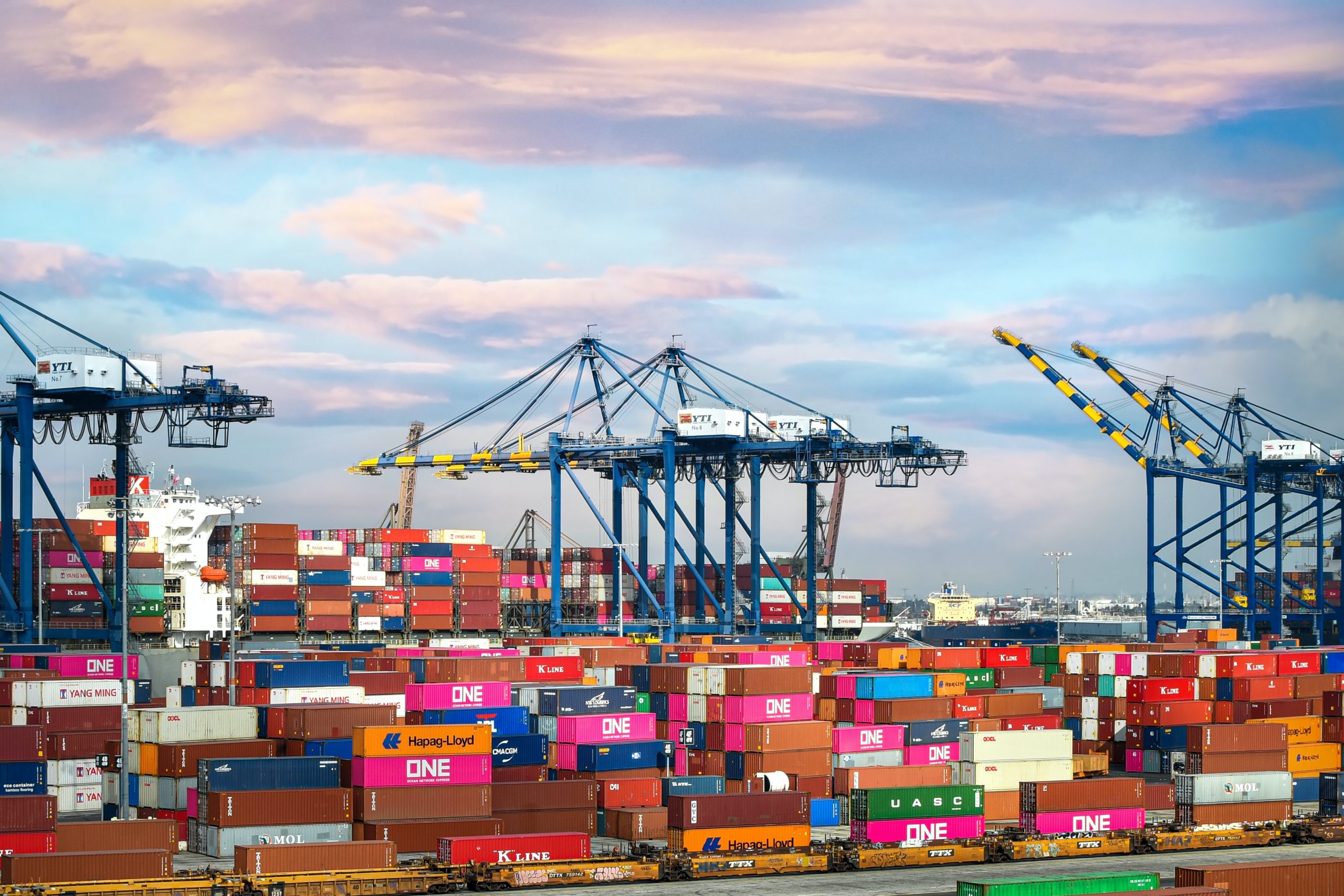Latvia is one of the region’s fastest-growing countries, located in the center of the Baltic Sea. One of the key reasons for its success in transportation and storage is its geographic location, which puts it close to European and Russian markets. It has three separate ports where you may transport your goods. Cheap labor, railway connections, and the development of aviation indicate that the transport sector will develop further shortly. As a result, it is reasonable to conclude that timely investments in this field will readily satisfy future expectations.

Why is the transportation sector a good place to invest in Latvia? How do you make money in this industry? This article contains all of the pertinent information.
Reasons for the Development of Transport and Sector
Latvia has a framework that is ideal for the development of the transportation sector. It is reasonable to conclude that it is far more advanced in this field than other countries in the region, based on the aforementioned characteristics. The following are the primary causes for the development of this sector in Latvia:
- appropriate Infrastructure
- Transportation and trade networks have been developed
- Access to the European and Russian markets is simple
- Ports with no ice
- A workforce that is qualified and multilingual
- Aerial transportation has been developed
- Having a significant center, such as Riga International Airport, is advantageous.
The key causes for the development of the relevant sector here are those indicated above. Latvia, on the other hand, has historically served as a crossroads for trade and transportation between the west and the east since the Hanseatic League. After leaving Russia and proclaiming independence, it made far greater use of the benefits of its position and became the region’s main player in this industry.
The Importance of the Transport Sector for Latvia
When looking at the Latvian economy, it is clear that the transportation and storage sector holds promise. In 2019, this sector accounts for roughly 9% of the GDP. The transport sector in other nations in the region is inextricably linked to road transport. The situation in Latvia, on the other hand, is rather different. Aside from highways, the sea, train, and airways are all heavily utilized.
AirBaltic, Latvia’s national airline, has turned Riga International Airport into a major hub thanks to its policies. As a result of this predicament, this company has become the region’s leader. In 2003, AirBaltic operated around 19,500 flights per year; in 2019, the number of flights exceeded 87,000. These flights have benefitted approximately 7.8 million people. Furthermore, Riga International Airport handled 44% of all passengers in the Baltic region. When these data are analyzed, it becomes evident how far Latvian aviation has progressed.
Latvia’s One Belt, One Road program is assisting in the growth of the transportation and storage sector. It works with Central and Eastern European countries as well as China in a 16 + 1 structure. Another interesting fact about Latvia is that it was chosen to host this collaboration because of its expertise and experience.
When logistical considerations are taken into account, Latvia emerges as the best choice for establishing a business in the Baltic region. Riga, the largest city in the Baltic region and located in the heart of the region, is one of the greatest options at this time. In addition, Latvia is one of just three countries that share a border with both Russia and Europe. As a result, entry to two massive marketplaces is incredibly simple.
Latvia intends to improve its road infrastructure, streamline its customs procedures with Russia, and increase rail travel. Latvia will make significant progress in this field soon as a result of the government’s correct actions, the country’s natural advantages, and competitive labor.







